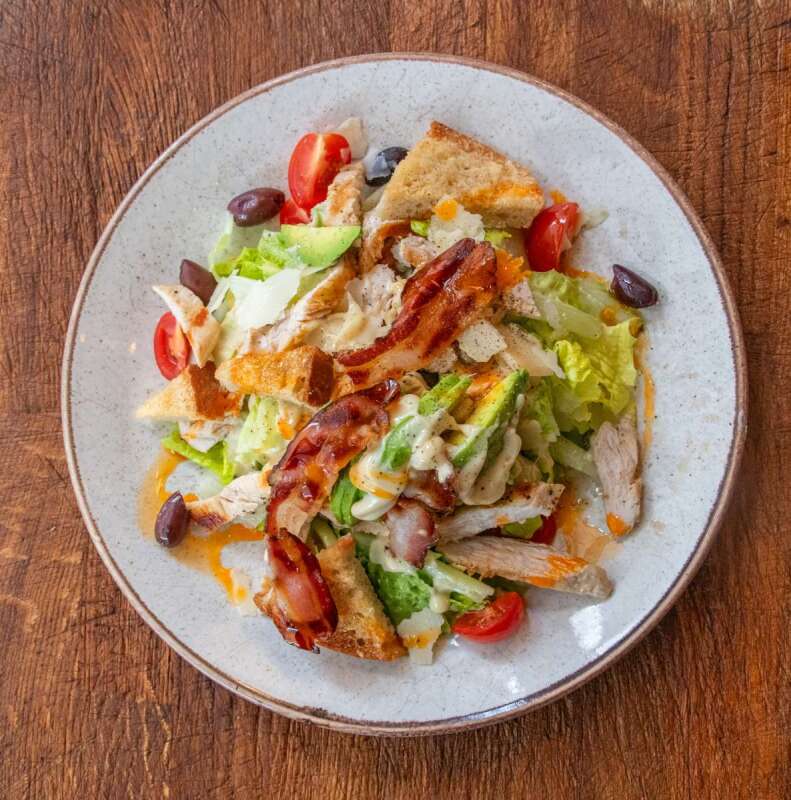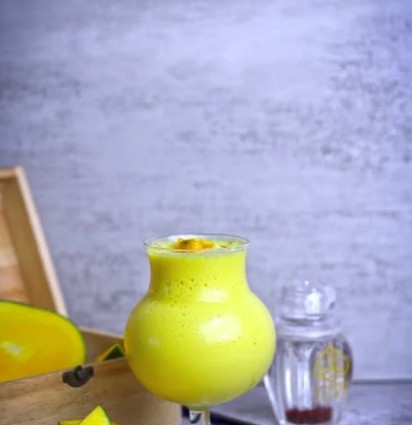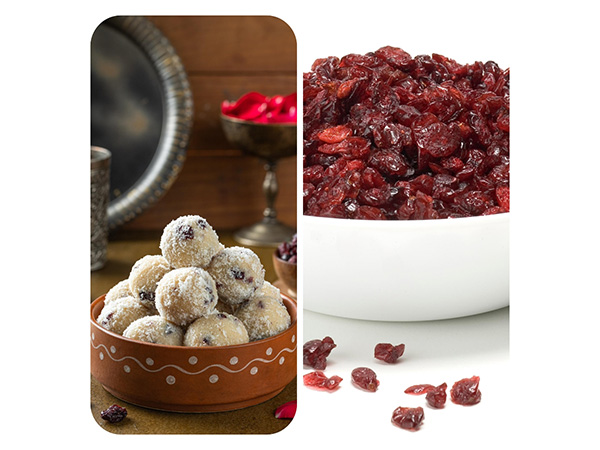
As more and more consumers opt for branded – packaged food items, counterfeiters are flooding the market with fake and adulterated products.
An overwhelming number of incidents and case studies indicate that food fraud is a growing trend. Incidents increase rapidly during the festive season where imitations of branded chocolates, snacks, beverages and even essential items like rice and oil are being sold.
As per findings from FSSAI (the Food regulator) during the year 2018-19, while analyzing a total of 106,459 samples over 15.8 percent of food were found to be sub-standard, 3.7 percent unsafe, and 9 percent samples had labeling defects. This is the first year such data has been compiled for unsafe, substandard and labeling defects.
Consumers deserve good quality product, especially as they are paying top dollar for it. So the question is how can we save ourselves from food fraud?
Nakul Pasricha, President, ASPA (Authentication Solution Providers’ Association) suggests the following tips to make sure you are being given an authentic product:

Shop at authorised vendors and take the bill
As much as possible buy from authorised retail shops as they will not sell a fake products on purpose. Always insist for a proper bill from the retailer. Bills help in proving responsibility in case the seller gives you a falsified item. Do not fall for an unknown online seller just for convenience.
Be careful while shopping online
While using an online delivery system choose trustworthy – established – authentic websites only. Do not shop from unknown websites because they are giving attractive offers and discounts. Before shopping online verify if the website is reliable and trusted by shoppers.
Packaging reveals the secret
A careful look at the packaging can easily tell you if it is a fake. Counterfeiters produce close copies, but they mostly cannot perfect it. There are visible differences in the logo, size, and colors used in the packaging. Many brands use anti-counterfeiting solutions such as special packaging layers, security holograms, special packaging features, SMS verification, QR code, or a scratch code. They also have instructions for product authentication. For instance Ghee brands like Patanjali, Mother Dairy and Amul have QR codes or security holograms to authenticate the product. A packed rice bag would have a holographic stripe. Check for these and make sure of their presence. Report them with Brand if you don’t find them or if these labels seem tampered. Check for product labelling. Counterfeit products can be easily identified through wrong spelling (an extra or a missing letter) or grammatical errors.

Check the nutrition label on supplements and food items
Always read the nutrition label carefully. Nutrition labels can help in identifying fakes from originals. Fake items usually have some discrepancy in listing the ingredients. If something is extra in it or if something is missing, then the product is a fake. You can also download ‘Smart Consumer App’ launched by the Consumer Ministry and FSSAI to help customers to get accurate information about packaged food items.
Check the manufacturing and expiry date
While buying something always check the manufacturing and expiry date. If the date seems to be way too long ago or if it is damaged or not clearly visible, then that is likely a recycled item.
Be aware of inconsistency in the texture, smell, and colour of the product. These are few key indicators to help you make out whether the product is an original or a fake. A responsible and reputed brand would never compromise on the quality of their products. So, a few minutes invested while buying can make sure we save ourselves from picking up fake food items.









